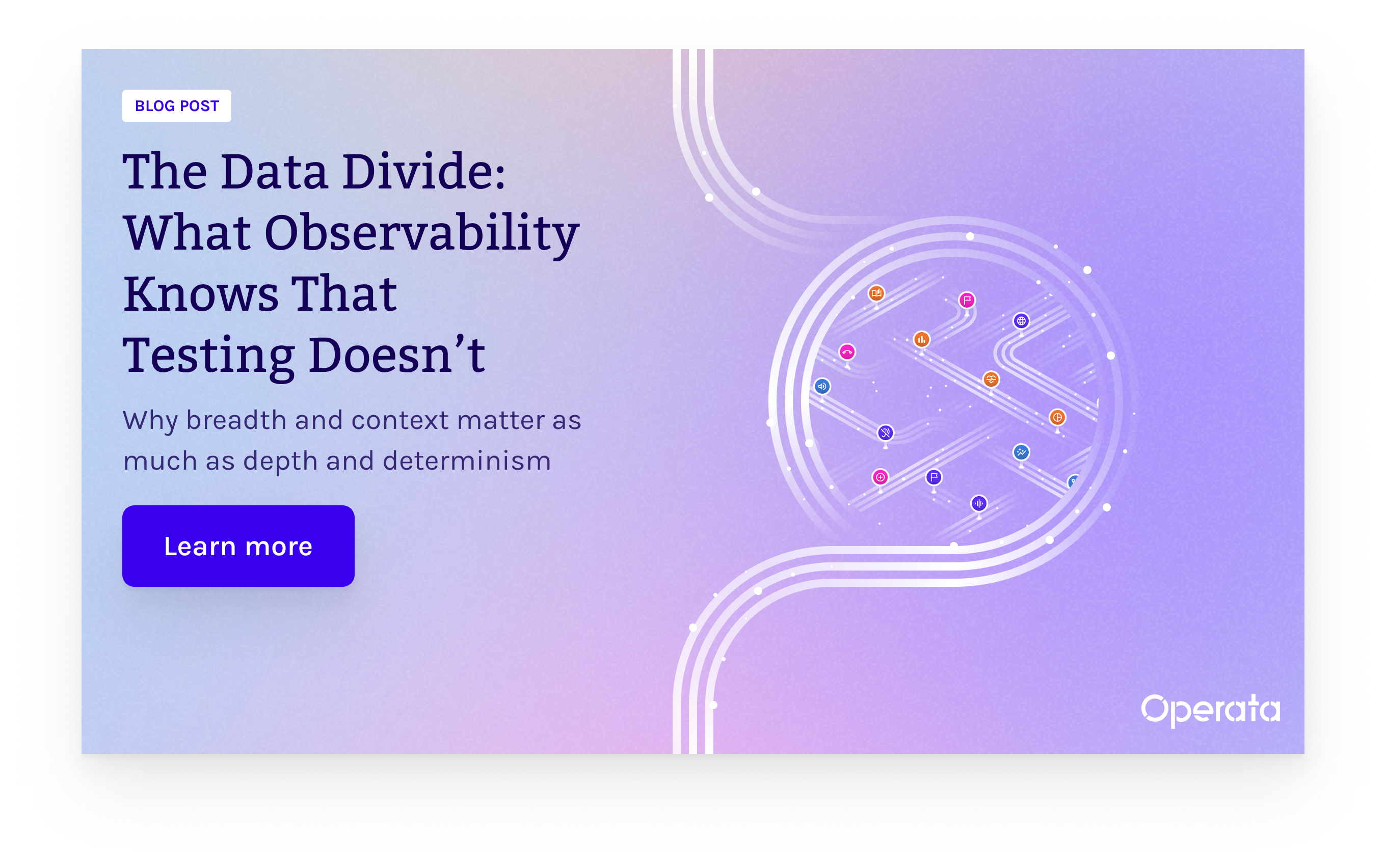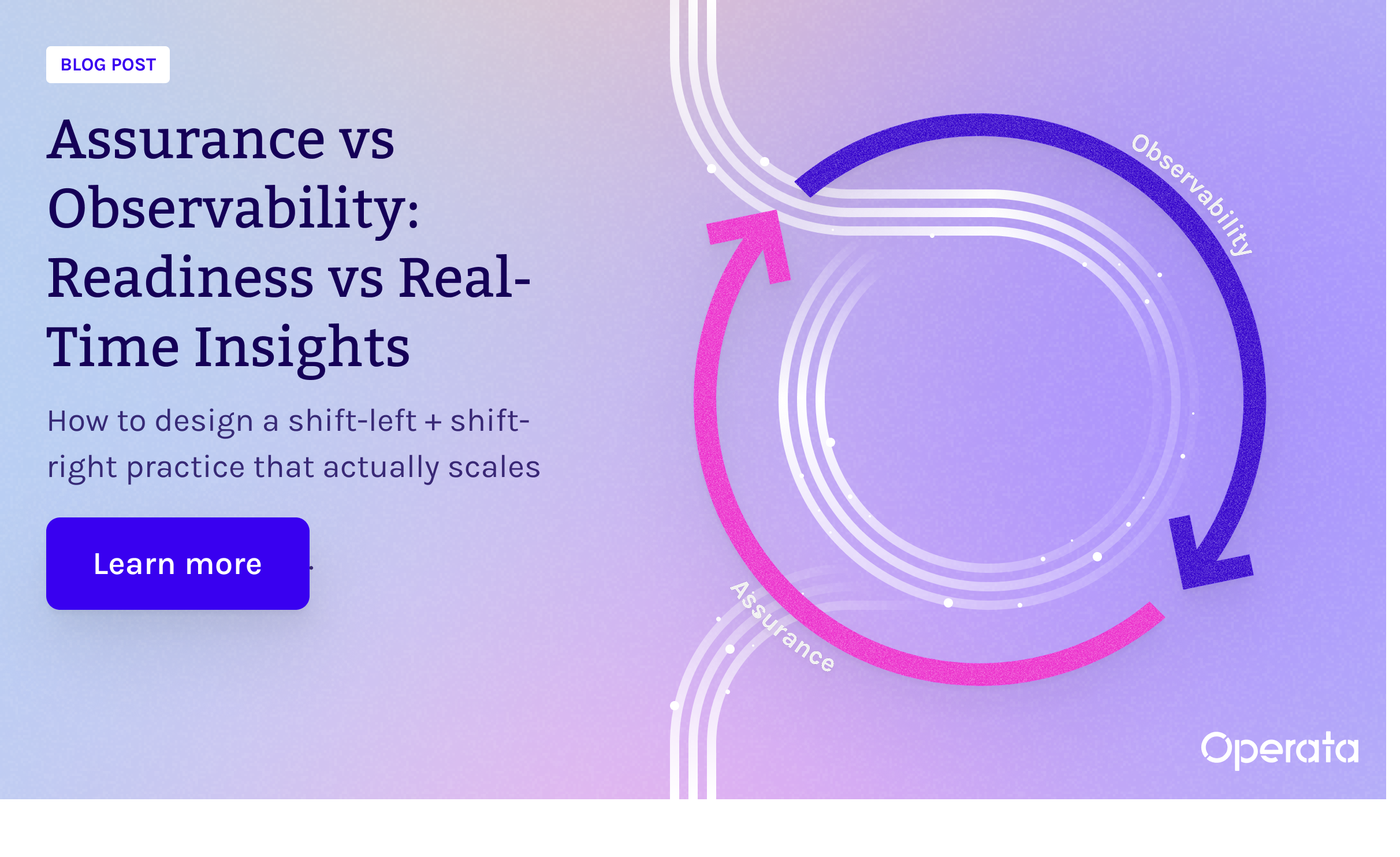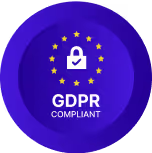This year, I was lucky enough to head over to Florida with my fellow Operata colleagues to capture all that Enterprise Connect 2025 had to offer. This was my first time attending, and I absolutely loved it. The buzz, the connections, and the chance to see where contact centers are heading (at scale). It did not disappoint. Since it was my first time, I cannot compare it to past years, but I was told there were fewer AI vendors than in the last two years... Well, you could have fooled me.
After three jam-packed days, the event has wrapped up, and if you tuned into the sessions or wandered the expo floor, you probably noticed a familiar pattern. AI was still everywhere, every vendor had a “groundbreaking” solution, and phrases like “seamless integration”, “AI-powered automation”, and “transforming customer experience” were thrown around, so much that I forgot who did what. The vendor blender was real. It felt like everyone was saying the same thing in slightly different ways.
However, once I pushed past the noise, and there was a lot of it, a few real insights stood out. The industry is consolidating, and the AI gold rush is reaching a tipping point where some vendors will take control of their future while others risk becoming the go-between for someone else's technology.
AI everywhere but who actually owns it
Despite the supposed decline in AI vendors, there was still no avoiding it. Almost every vendor claimed they had the smartest, most intuitive, most revolutionary AI. But here is the catch, many of them did not own all the AI they were selling.
Some vendors are still bolting on AI from external sources. Some completely, some to “enhance” their own proprietary AI. In the short term, that means they can move fast, but long term, they risk becoming value-added resellers, VARs, for someone else's tech. I’m predicting that, at some point, these vendors will need to start acquiring AI companies or risk losing control over their own products.
For me, AWS stood out by embedding first-party AI into Amazon Connect rather than relying on OpenAI, Google, or other third-party providers. This felt less about feature boasting and more about control, over costs, roadmap, and execution. That is a smart move and a clear differentiator.
Another notable shift when it comes to build vs buy AI was Cisco who is launching Webex AI Agent, aiming to shift more customer interactions away from human agents. Meanwhile, NICE, Talkdesk, and RingCentral are advancing AI-powered automation and orchestration, optimising workflows and improving efficiency.
Then there were the hybrid models, where many providers were blending proprietary AI with external models from companies like OpenAI and Google, giving them flexibility but also creating a question of long-term strategy. The real differentiator will be how much control vendors retain over their AI capabilities, those who build AI into their core architecture will likely shape the future, while those who rely too heavily on external AI risk losing control over their competitive edge.
These moves signal an interesting shift: Vendors who want to own the infrastructure, not just integrate AI into it.
Everything is seamless until you actually use it
Another thing that stood out to me at Enterprise Connect was how much vendors love to use words like seamless, intuitive, and effortless to describe their platforms. Anyone who has tried to integrate multiple enterprise systems knows the reality is often the opposite.
There were a lot of pre-canned demos, so I was left wondering how seamless these solutions really are. I empathise, though, I have been on the other side of product demos, and the demo gods can be cruel, especially at events where WiFi is stretched thin.
The common thread I saw was that vendors are shifting away from overcomplicated customisation towards solutions that actually work out of the box. That is the real trend, and honestly, it is about time.
CCaaS is evolving, but the message sounds the same
Walking the expo floor, I could have sworn I heard an echo. “AI-driven automation,” “smarter customer engagement,” “orchestration,” and “better agent experiences” were repeated at nearly every stand. The challenge is that when everyone claims to be unique in the same way, it becomes harder to tell who is actually innovating and who is following the same well-trodden path.
The conversation itself is also changing. Instead of talking about AI as a tool to improve customer service, the dialogue now revolves around AI becoming the foundation of the contact center itself. Traditional workflows are being replaced by AI-powered decision-making, from quality assurance to coaching, routing, and real-time customer interactions.
Hybrid work and collaboration are still a work in progress
Beyond AI, for a change, another theme at Enterprise Connect was the ongoing struggle to get hybrid work right. Microsoft Teams continues to evolve, adding… (whoops I was wrong… more AI) AI-powered workspace management tools, room recommendations, and desk booking to help organisations navigate hybrid setups. AWS is focusing on ChromeOS compatibility, recognising that many contact centers still rely on those devices.
The industry’s focus seems to have shifted from debating remote versus in-office to how to make whatever setup a company chooses actually work well.
Final thoughts, similar themes, a few clear signals
Enterprise Connect 2025 reinforced that AI is the future (but a much closer future). Hopefully by next year there will be more wide-spread adoption and use cases.
It exposed how similar everyone’s messaging has become. Every vendor is claiming to be the leader in AI-powered automation, customer engagement, and seamless integration. The challenge now is separating who is truly delivering change from who is repackaging old ideas with new terminology.
The biggest differentiator moving forward will not be AI itself, but who actually owns and controls it. AWS has made a strong case for why first-party AI matters. Microsoft is embedding AI deeper into collaboration. Meanwhile, other CCaaS providers are still integrating third-party AI, which means they will eventually need to acquire AI startups or risk losing relevance.
Enterprise Connect 2025 did not necessarily reveal anything unexpected, but it confirmed that we are in the middle of a massive shift. AI is not being bolted on anymore, it is becoming embedded into enterprise communications. The next phase will be about who executes this vision best.
Until next time, and as always,
hooroo.

















